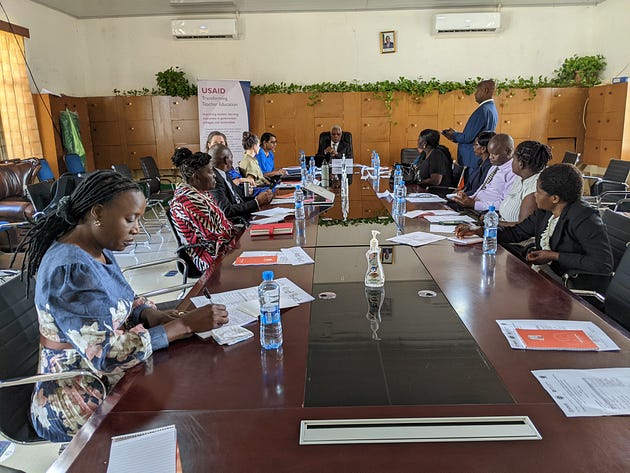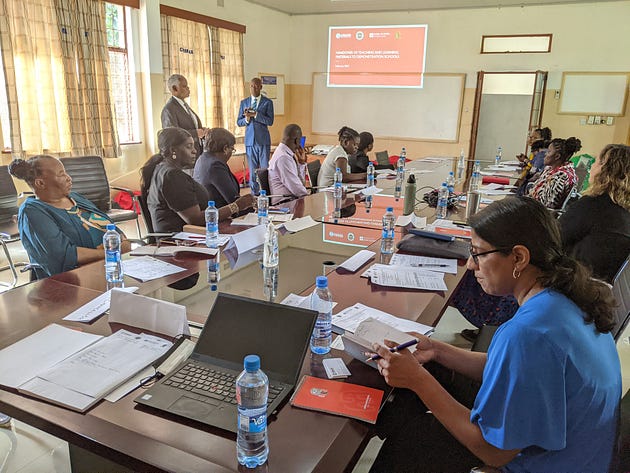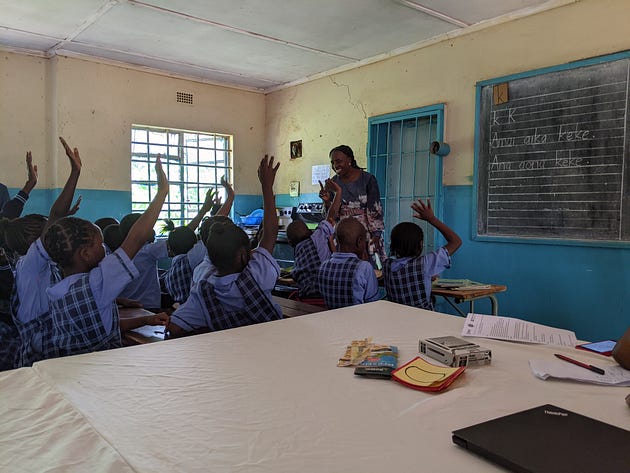Solving the Problem of Teacher Shortages in Zambia
According to UNICEF, African countries are facing the world’s worst teacher shortage. The continent needs 17 million additional teachers to achieve universal primary and secondary education by 2030.
To meet this demand, many countries often recruit unqualified and untrained teachers who in some cases can make up 20% to 25% of the teacher workforce. For all teachers, regardless of background, continuous training is often minimal or non-existent.
In 2020, Zambia needed more than 40,000 basic education teachers, according to the Daily Nation newspaper. General Education Minister Dennis Wanchinga noted that the Eastern Province of the country had the highest shortage of teachers standing at over 9,000.
A year later in 2021, things didn’t look much better. The reported student-teacher ratio in rural areas of the country was discouraging, with three or fewer teachers handling seven or nine grades.
But in 2022, the tide started to change. The Zambian Government moved to recruit 30,000 new teachers in 2022.
Recruitment was nationwide. The call went out for high school graduates meeting a number of criteria, such as experience teaching, a desire to teach, and teaching credits in at least five subjects including English and mathematics. Selection was made based on the qualifications, and those chosen then began the formal training for classroom instruction.
With 30,000 teachers-in-waiting now on the payroll, school officials vowed not to repeat the mistakes of the past. And that’s where USAID and Zambia’s Chalimbana University stepped in.
In early February, the two institutions launched a demonstration school, Chalimbana Primary School, to give student teachers the opportunity to practice lesson planning and teaching.

USAID’s Transforming Teacher Education Activity (TTE) provided student teachers the opportunity to observe more experienced teachers deliver lessons for kindergarten through third grade, practice leading lessons, and get immediate mentoring and coaching feedback to improve their literacy instruction approaches.
The training school included lesson demonstrations by a Reading Specialist from the USAID Let’s Read Project to show student teachers how to use teaching and learning materials such as teacher’s guides, local language story books, and literacy flash cards for literacy lesson planning and delivery.
One of those teachers is 22-year-old Mary Lesa. She was inspired to pursue teaching by watching her mother, who teaches third grade, interact with her pupils. Like her mother, she wants to help the children in her community lay a better foundation as they learn to read and write.

An assessment conducted by USAID found Zambian colleges and universities were no longer using demonstration schools as an opportunity for their student teachers to practice teaching and learn from experienced teachers. Demonstration schools also lacked the materials they needed for teachers to prepare and deliver quality literacy lessons.
“Through the demonstration lesson, the student teachers got real life experience in how to implement various strategies when teaching literacy, especially in the local language,” said Clare Mwiinga, dean of Chalimbana University’s School of Education.
The dean visited the demonstration school as a class of new student teachers was deployed for their first ever teaching experience.
“The most commonly reported challenge by our students when they are deployed for school experience is the critical shortage of teaching materials,” she explained. “Through this provision of teachers’ guides, among other materials, our student teachers will be able to better plan and execute their lessons in the classrooms.”

This effort also builds an important partnership, ensuring a mutually beneficial relationship between Chalimbana University and the Zambian Government’s education officials.
Handily Jimaima, who leads Chalimbana University’s Department of Language and Literacy, said the TTE program is bringing new life into the demonstration school: “By collaborating with the school, we will be able to strengthen the lesson observation and peer teaching practices that are instrumental in ensuring success in the student teachers’ journeys to become confident class teachers.”
About the Author
Steven Susens is the External Relations and Communications Advisor for USAID’s Office of Sustainable Development Education and Youth Division.
